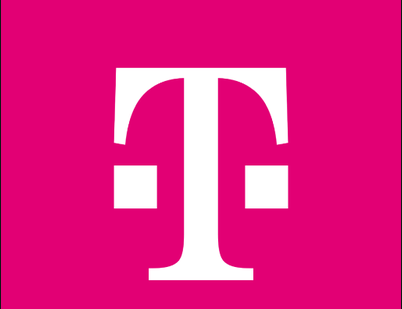Alex Choi, SVP, Head of Strategy and Technology Innovation at Deutsche Telekom, presented at Day 2 joint keynote broadcast for ONF‘s Spotlight event on 5G and open source. He shared several comments about DT’s strategy that we thought were interesting and showed that the German telco is looking to break away from old ways of doing business.
- Open RAN is being used to accomplish two major goals
- Get smaller vendors into the DT network bids
- Enable multiple vendors to interoperate, for instance between RRU, CU and DU
- Break the “monopoly” and “Vendor lock-in” that the larger RAN players have at DT
- Wi-Fi 6 is excellent technology and may compete with cellular, depending on the situation
- Unlicensed and private licenses. The use of cellular systems on these newly available spectrums is important to DT, and the telco is working closely with German industrial players like Siemens, Bosch, for instance.
These three major trends synchronize with our researching findings and forecasts, as well.
- For instance, we also presented at the ONF 5G event on the topic of Open Source and Open RAN, and we shared that we expect Open RAN to represent 10-20% of RAN spending in a handful of years. We shared the results of the August and September 2020 surveys we did of telcos about topics like open source, Open RAN and capex spending plans. One of the key findings we shared was that telcos who participated in our survey are more bullish about using Open RAN than they were just one year ago, and that, surprisingly, these same telcos are open to using open-source software in their RAN systems in as early as a couple of years from now.
- In our WLAN-related studies, we expect by next year, over half of enterprise WLAN revenues will be 802.11ax-based.
- Unlicensed spectrum has been popular mainly for use in communications technology such as Wi-Fi, Bluetooth and other short-range communications systems. However, like DT, we expect enterprises to use cellular technology at enterprises on new unlicensed, shared and private licensed spectrum. While DT didn’t spell it out in the presentation, our view is that enterprise cellular has the potential to be deployed in a manner similar to the way Wi-Fi is deployed today, and that could mean telcos may not participate fully in the enterprise opportunity so often cited as a driver to 5G-related growth.
